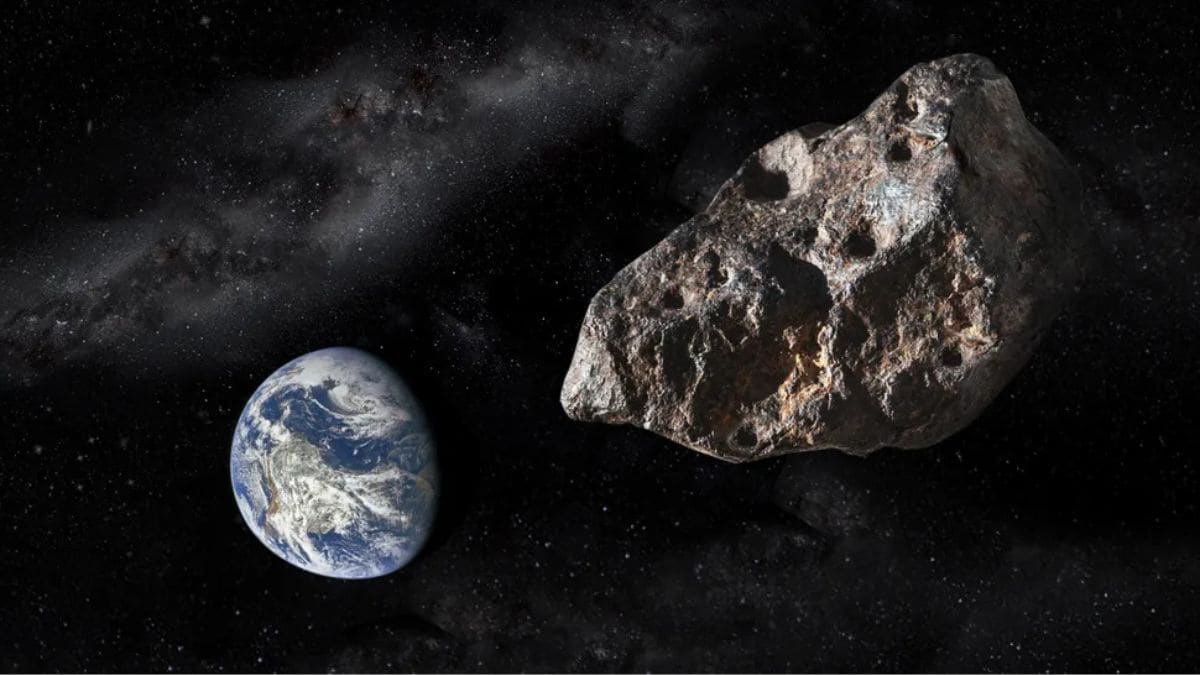A new study suggests that asteroid 2024 YR4, a so-called “city-killer” believed to be about 180 feet across, has a small chance of impacting the Moon in 2032. Though the odds of it pummeling into Earth have fallen significantly since being discovered in December 2024, scientists peg its odds of crashing into the moon at roughly 4 percent. One such effect might be to kick up dust and ejecta that pose threats to satellites and astronauts in low Earth orbit.
Lunar Impact & Secondary Hazards
As per NASA, when 2024 YR4 was first discovered in December of last year, initial estimates indicated that the odds of it striking Earth in 2032 were as high as 3.1 percent. While Earth is now safe, 2024 YR4 has about a one in 25 shot (or 4%) of colliding with the Moon in 2032.A moon-sized impact would spray debris, regolith, and small rocks high into the air, greatly ramping up the flux of micrometeoroids in low Earth orbit. Those particles pose a genuine threat to satellites, spacesuits, and spacecraft; they could even compromise the International Space Station.
Possible Mitigation Strategies
Researchers have looked at several methods for such a menace. Castro-Vázquez is one of a number of researchers exploring how to defend our little planet against asteroid strikes. One approach may be to use a kinetic impactor mission like NASA's DART, which ploughed into an asteroid moonlet last year and nudged it onto the wrong orbit around the sun.
Call for Preparation & Research
In light of the compressed schedule, researchers caution that additional groundwork is needed. They recommend more observations to better determine the mass and trajectory of the asteroid, and to improve proposals for spacecraft design and construction schedules.

Comments
Post a Comment